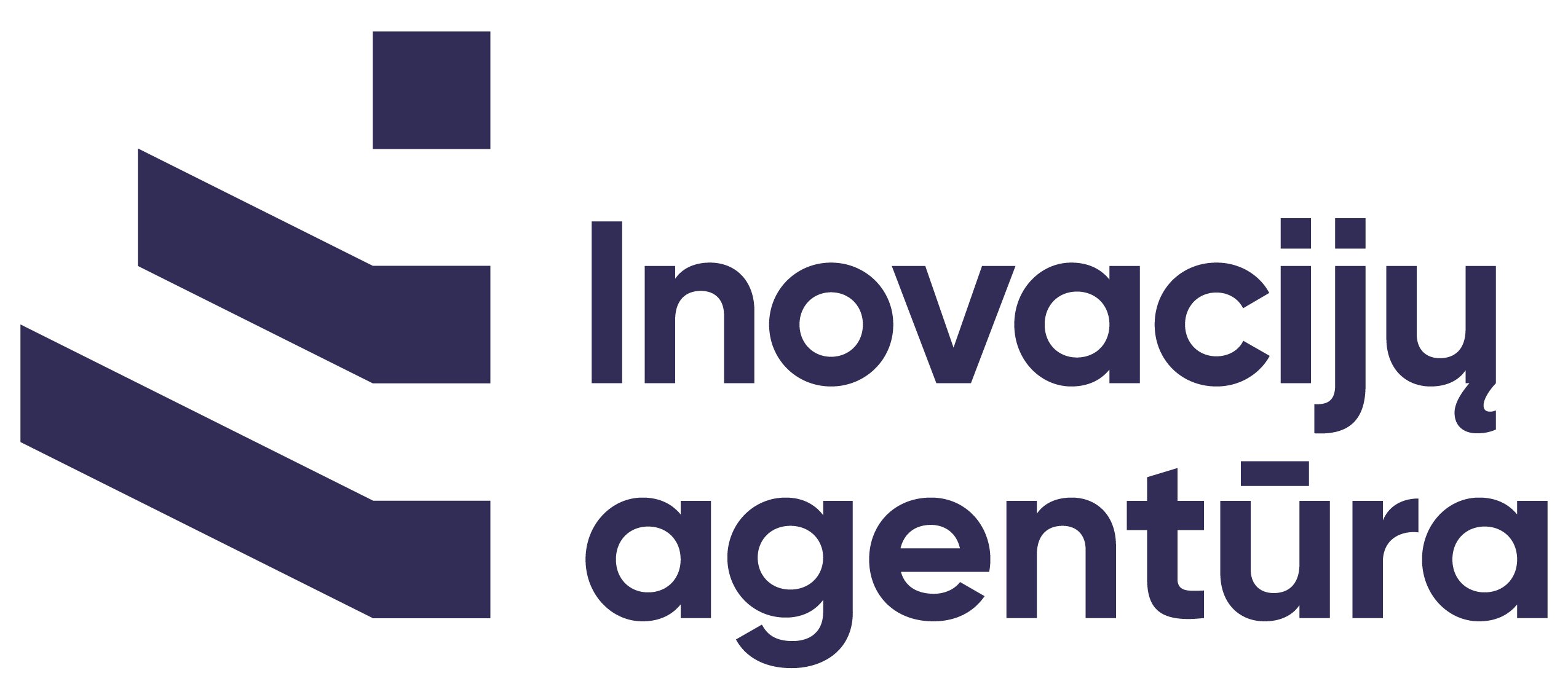Poster Session
For University StudentsDates of the poster sessions:

Important Dates
Requirements
Please note that these abstract and poster presentation requirements must be met for your work to be accepted.
Requirements for abstracts:
- Within one week of purchasing the ticket, you must register and upload your abstract on The COINS website to finalize your registration and be eligible for presentation sessions. Failure to do so will render your registration invalid.
- You will have the opportunity to upload the abstract twice. Once during registration, where the abstract can be written as your planned research idea. The abstract can be corrected and the final version submitted until February 16th, 23:59 EET.
- The abstract must be submitted in PDF format.
- (NEW) The abstract must be one page long.
- (NEW) The abstract must be prepared according to the given abstract template.
- The abstract must be written in clear, fluent English. The presenter is responsible for the content and the accuracy of data presented. The submitted work will be published as received.
- If you fail to upload the final abstract, the version used during the registration will be selected automatically. If it does not follow the given abstract template, it will be rejected, and your registration will be suspended.
- Acceptance criteria for the abstracts:
- Clarity – the objectives of the research presented are clearly described;
- Significance and novelty of research;
- Methods used and described are appropriate to reach the desired objectives of the research;
- Presentation – the abstract is structured logically, clearly written, and free of grammatical errors.
- The abstract will be rejected if:
- It is not appropriate – the content of the abstract must be relevant to the life sciences;
- It is promotional – the abstract was written to promote a product or method;
- The primary author submits more than one abstract – a primary author is allowed to be the presenter of only one poster but can be a co-author of other poster presentations;
- If it does not follow the given template.
- (NEW) Presented research must be based on original work conducted by the presenter (reviews or analyses of existing studies and scientific literature are not accepted).
Poster requirements:
- You must submit your poster in PDF format by March 7th, 23:59 EET.
- Poster size should not exceed A0 (84.1 x 118.9 cm) format. We recommend using the A1 format when creating your poster.
- The poster must be of a vertical (portrait) design.
- The poster must be in English.
- To receive the Poster Presentation Certificate, the presenter must be present during the evaluation session and the main poster session (exceptions may apply).
- The evaluation session will take up to 15 minutes in total.Your presentation should last up to 4-5 minutes, with the remaining time allocated for questions and discussions.
- (NEW) You must hang your poster at the designated stand on the day you present, no later than 2 hours before the start of the poster session begins (poster session times will be posted on our page and provided via email, along with the designated stand number, for registered participants).
- (NEW) Posters must be removed by the end of the day’s program.
Evaluation of Presentation
At the conference The COINS, your academic poster presentation will be evaluated for various criteria by leading scientists in the field, and commendable presentations will be awarded for their excellence.
(NEW) Participants will be eligible to receive one of two certificates: a Participant Certificate, awarded to all attendees who fulfill the requirements, and a Certificate of Excellence, granted to those whose performance is deemed outstanding and who receive more than 85% of the total points based on the evaluation criteria.
Here we provide the Evaluation Form. Please remember, that organizers reserve the right to make necessary changes to the evaluation form without any additional notice.
(NEW) There will also be an audience choice award. Participants at the conference can vote for the most interesting presentations, and the presentations with the most votes will receive audience choice award.
It is important to remember that the organizers may provide additional points during the poster evaluation session if:
- You provide your poster in time;
- Your poster and abstract satisfies all given requirements (see above);
(NEW) Poster Pitch Session
Participation in the Poster Pitch Session is optional.
By participating in this session, you will have a unique opportunity to present your research to a broader audience and compete for additional prizes!
Requirements:
- When registering on The COINS website, ensure you check the box indicating your participation in this session.
- Presentations must be prepared with MS PowerPoint and are limited to a single slide.
- Presentations must be in English.
- Your presentation must be up to 1 minute.
- You must include:
- Title (with names of authors and affiliations)
- Introduction/Problem/Goal
- For the remainder of the presentation, you may include methods or results of your research, but creative freedom is encouraged.
- The presenter must send the presentation slides to the organizers at [email protected] no later than 9th March, 23:59 EET. By doing this, you ensure that organizers have time to check whether your presentation works with the conference's computer.
- Here we provide the evaluation form
Guidelines for making your academic poster
- It is recommended to make your poster in PowerPoint, selecting a custom slide size to meet the poster size requirements, and then save it as a PDF.
- You should include:
- Title (with names of authors and affiliations);
- Introduction/Problem/Goal;
- Methods;
- Results;
- Conclusion;
- References (recommended in APA or MLA style);
- Acknowledgments;
- Contact information (you may include a QR code).
- Use both UPPER and lower case letters for general content, as the all-capital text is difficult to read. Do not use more than 2-3 fonts and 3-4 text sizes, for example:
- Title – 100 pt bold sans-serif or Garamond font;
- Section Heading – 40-48 pt bold Arial or other sans-serif font;
- Body text – 26-32 pt Arial or other sans-serif font;
- Captions – 26 - 32 pt Arial or other sans-serif font.
- Make sure there is enough contrast between the color of the text and the poster's background. Choose a simple color scheme with only two or three related colors. Change colors on graphs and figures in a way that complements the background color. A light background and black letters are the best combinations and the easiest to read.
- Make sure ideas flow logically from one section to the next.
- Use charts and graphs to illustrate data (avoid raw data and large tables, but if you must include them, keep them simple). Each illustration should be self-descriptive (everything that is depicted in images or graphs must be named).
How to prepare for a poster session, what are the tips and tricks in making a poster, what is a good and bad poster and many more you can find in these slides (Lithuanian language only), prepared by multiple best poster award receiver, Ph.D. Vilius Malūnavičius.









